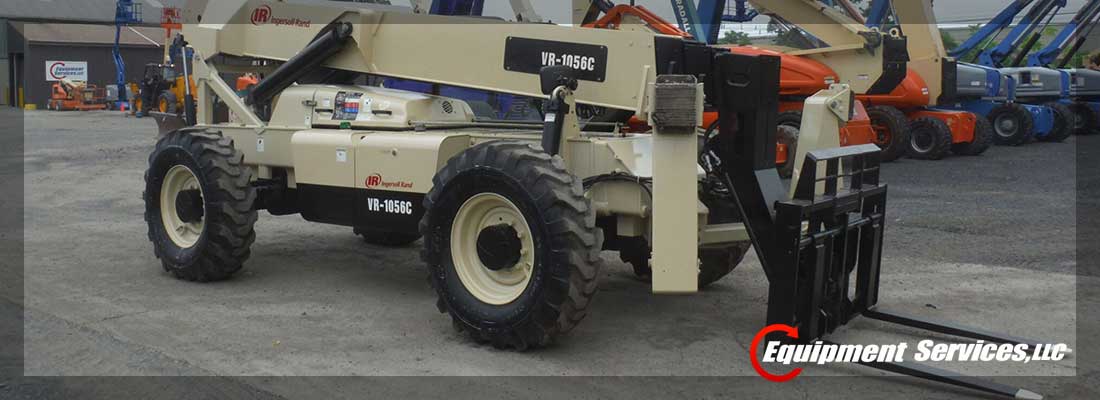Safety is of utmost importance when it comes to dangerous construction work. In order to reduce injury and fatality of your employees, you must develop a fall prevention plan when using aerial lifts. OSHA modified their fall protection guidelines in the year 2010 to reduce injuries and fatalities in the residential construction workplace. Under the new guidelines, construction jobs that require an employee to be above 6 feet in the air must take certain precautions such as guardrail systems, safety net systems, and personal fall arrest systems. This is not necessary if and only if the employer proves that the safety systems do more harm than good. If the employer successfully proves that the safety systems are a hazard to their employees, they are required to instead implement a fall protection plan.
The fall protection plan must first be created by the employer. After it has been created, it must be submitted to a qualified person to be approved. This protection plan must be re-approved each time a change is made. If working in an aerial lift or scissor lift platform, employers must have the guardrail system in place or tied off. There are many methods for tie-offs, but the three acceptable ones are restraint systems, positioning devices, and fall arrest systems.
A restraint system consists solely of a body belt and a harness. When using a restraint system, the employer must create a fall protection plan in case an employee falls from a great distance.
Positioning devices are commonly used in construction work. A positioning device is a body belt or harness system. This device lets an employee be supported by a vertical surface, which allows them to work hands free. The vertical surface could be a pole or something similar. These positioning devices have a maximum fall of no more than 2 feet. Positioning devices are prohibited for use with scissor lifts and any other machine that works on a horizontal platform.
Another commonly used tie-off in construction work is a fall arrest system. Fall arrest systems are devices that use a body harness—not a body belt—to allow arrested fall. This is only applicable when the aerial lift can physically withstand the vertical and lateral loads an arrested fall causes.
If you are not following these guidelines, now is a good time to start. OSHA is enforcing these guidelines strictly, as they report weekly deaths due to falls that these safety guidelines can prevent. If you do not follow the safety guidelines, you will be penalized. In 2010, OSHA proposed a penalty to a company for letting their workers on the roofs without fall protection. This penalty fine amounted to $70,000 dollars. A fine like this is nothing compared to the guilt that stems from the death of an employee—especially a death that could have been prevented. Do not let this happen to your employees. Keep safety as your number one concern when operating aerial lifts.

